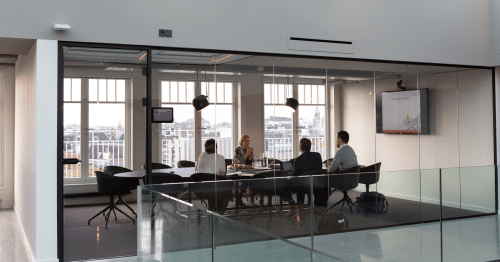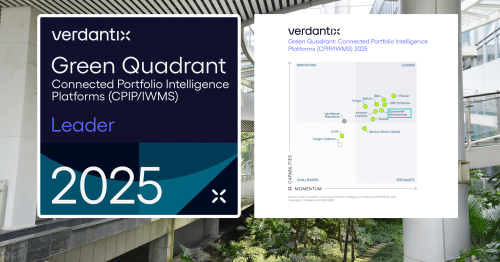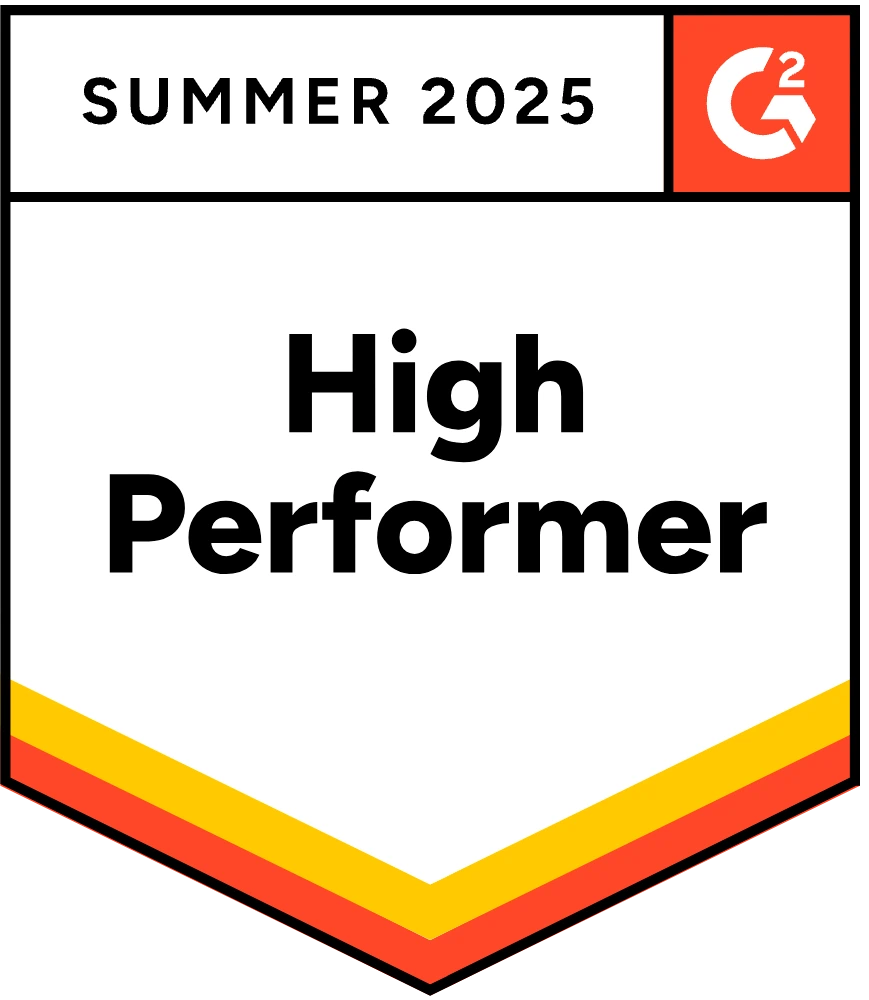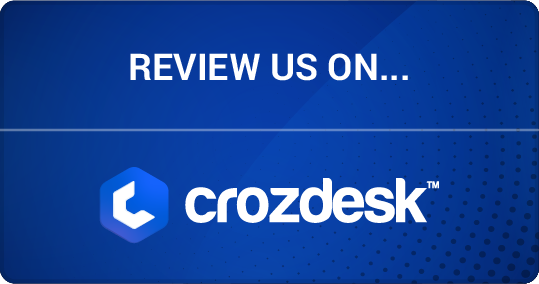In last week’s blog post, we discussed the power of sensor data to unlock new room reservation features in a traditional IWMS. However, reservation systems – along with well-designed user touchpoints – are not just helpful for managing conference and meeting rooms. They are essential for making agile workplaces function effectively. As with room reservations and cleaning, a well-designed IWMS can be powerful on its own, but sensor technologies that upgrade workspace management software with real-time data can enhance productivity while elevating the user experience.
The Promise and Peril of Agile Work
To begin with, it is important to clarify what we mean by an agile workplace. Prior to the introduction of social distancing measures, the last several years saw a growing trend away from assigned seating towards more flexible work concepts. In an agile environment, employees might share seats (hot-desking) or be able to choose freely from seats within a delimited area. Or – as in the case of Spacewell’s Headquarters – they might be empowered to sit anywhere in the office based on their preferences and needs over the course of a workday.
In a fully agile environment, employees might sit at a sunny window desk in the morning, move to a bustling shared bench in the early afternoon, and sit in a secluded concentration booth during the late afternoon. Significantly, not only do employees get to choose their seats based on their preferences, but in a fully open concept, employees at all levels within the company share the same spaces. As a result, serendipitous encounters and mentoring opportunities with senior management are much more likely to emerge than in a traditional workplace. At Spacewell HQ, you may well find yourself sitting next to our CEO for the day.
When it functions well, research shows that an agile concept can generate a welcome, user-centric workplace that fosters productivity, enhances employee satisfaction, and contributes to retention. Yet horror stories abound of overcrowded offices where it is difficult to find space and noise levels impede proper functioning. Environments where employees are convinced that the agile concept is nothing more than a cold-blooded effort by their employers to save money. With these wildly divergent outcomes, it is clear that the stakes for getting the agile concept right are high.
Workspace Management Software Improving Agile with Real-time Data
So how does smart workspace management software help? There are several powerful features in reservation systems that can reduce friction in the seat-finding process. Moreover, they support building users in finding the right workspace at the right time.
To begin with, a Smart Reservation system can make it easier to find an open seat. One simple option is to permit remote check-ins. Building users can then identify and reserve a desk for the day or just a few hours. A more sophisticated version couples a reservation system with sensors that indicate which desks are actually in use. This allows users to easily find a spot in a favored part of the building. These two features are growing increasingly important as employers limit available spaces due to social distancing.
The check-in system can be further upgraded to a People Finder function for employees that opt in. Using this function, employees’ portraits or avatars can be shown on a map displaying their reservation location. This makes it easier for their colleagues to find them. This is a particularly valuable feature at the moment when higher levels of remote work make it difficult to even know who is at the office on a given day.
Contextual Information
A final upgrade to smart workspace management software that goes beyond reservations incorporates contextual information. While users can guess how crowded an area might be based on the utilization data mentioned above, color-coded mappings and crowdedness alerts can make it easier to find quieter areas, particularly across multiple floors or wings of a building. Additionally, different types of sensors can provide other important information that can guide user choice. For example, comfort sensors can measure a wide range of variables including temperature and humidity. Users can also rate their spaces, providing additional data points for their colleagues. Conveyed through a convenient mobile or kiosk app, such contextual information can make it easier for employees to find zones that suit their personal comfort preferences.
Workspace Management Software: Looking Ahead
As with the other functions highlighted in this series, smart workspace management software is constantly evolving. One area of intensive research is the Personal Assistant, a mobile app that brings all of the sensor and reservation data to the user. While already a powerful tool, machine learning algorithms, and AI hold out the promise of truly individualized recommendations and – with greater integration across a wide range of building systems – the ability to personalize factors like light and temperature. Ultimately, the objective of bringing together the traditional IWMS and advanced sensor technologies is to make buildings and workplace concepts work better for every type of user. Smart Workspace Management systems are already making agile work better for employees, visitors, and all of the people who support them.
This post is Part 4 of an ongoing series on IWMS+. Earlier posts introduced the concept of IWMS+ and discussed smart cleaning and smart room reservations. If you’d like to receive notifications about future additions to this series and other Spacewell knowledge content, please sign up here.










